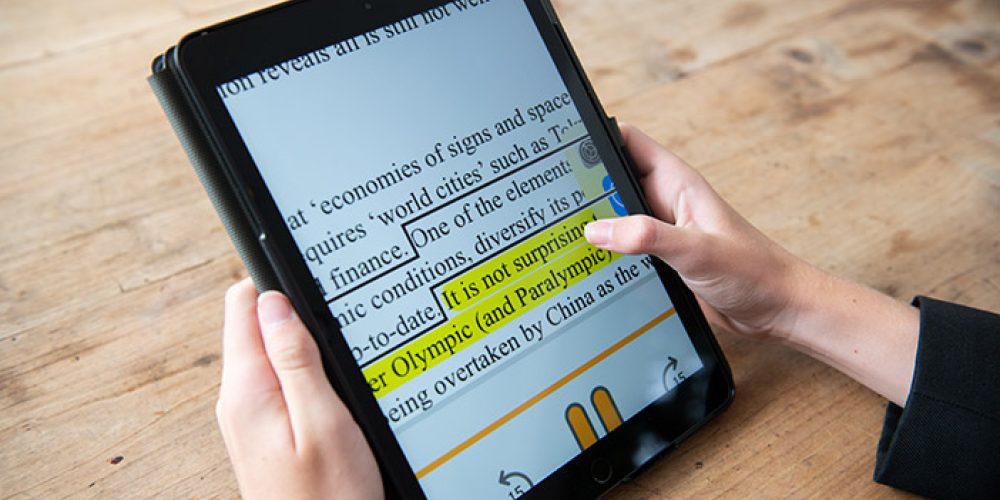Area 8: Technology


Providing training and opportunity for children and young people to use technology with as much independence as possible.
This area of the framework recognises the importance of children and young people with vision impairment being provided the training and opportunity to be able to use technology and equipment with as much independence as possible. Some types of technology will require bespoke teaching and time delivered by a professional with specialist knowledge of that technology. It is important that children and young people have access to the most appropriate assistive technology for their needs at as early an age as is appropriate, and that this is facilitated within their day to day working (e.g. ensuring that the necessary infrastructure is in place and learning material is provided in a compatible format).
For more information regarding this element of the framework, please download the Curriculum Framework for Children and Young People with Vision Impairment (CFVI) and accompanying guidance.
Examples of targeted intervention approaches
- Educational Technology (EdTech) e.g. interactive whiteboards, screen sharing apps and software
- Assistive Technology
- Magnification and screen reading software, braille displays and notetakers, touch monitors
- Mainstream technology
- Adaptations to accessible mainstream technology, e.g. tablets, accessibility tools and general/universal settings on standard operating systems
- Technology for accessing the curriculum and beyond
- e.g. switches, computers, accessible scientific calculators for non-visual learners, accessible music composition software programmes
- Technology for life
- e.g. mobile phones, apps (including specialist apps such as colour recognition tools), GPS and navigation apps (including transportation apps), social media, speech input software
- Access to E-learning, for example, virtual learning environments
- Touch typing, including keyboard shortcuts
- Understanding choice e.g. switches, computer programming
- Keeping safe in a digital world
Use of resources in practice
When using resources signposted via or downloaded from RNIB Bookshare, consideration should be given to any health and safety risks that might be involved and it is the responsibility of the user of these resources to undertake an appropriate risk assessment where applicable. RNIB assumes no responsibility or liability to the extent permitted by law for any injury, loss or damage incurred as a result of any use or reliance upon the information and material contained within or downloaded from RNIB Bookshare.

